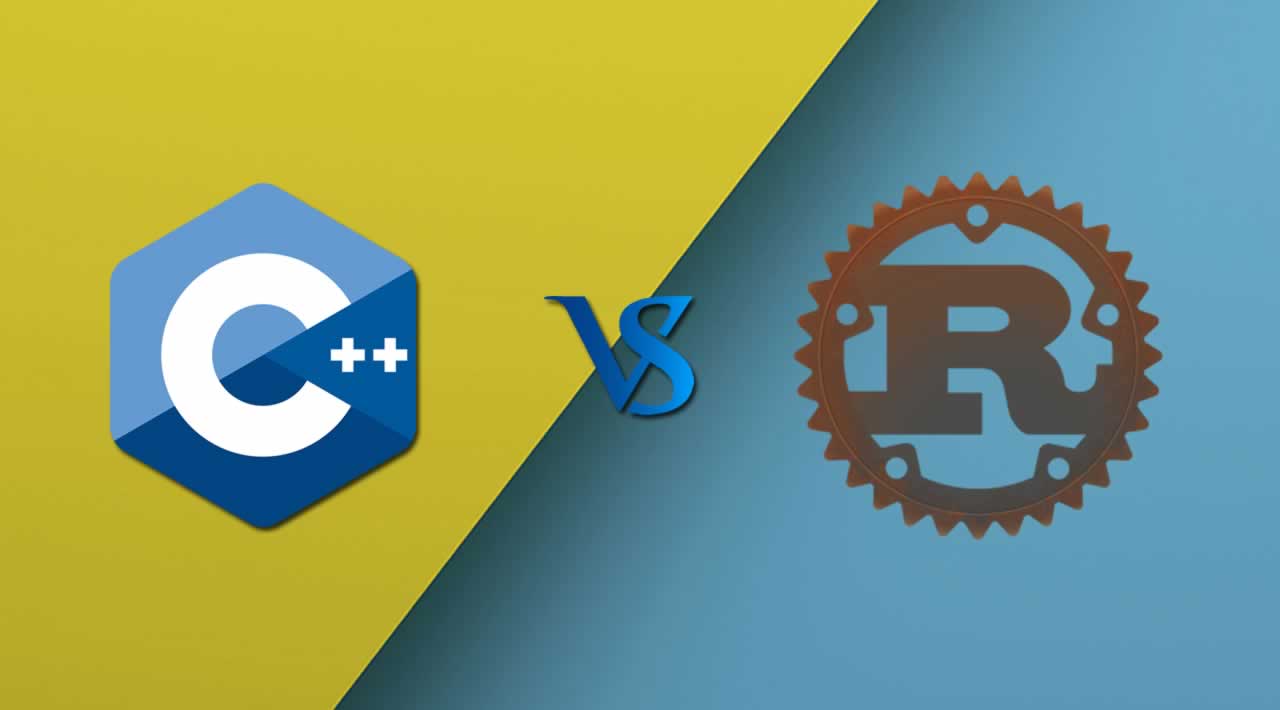DARPA’s TRACTOR Initiative: Transforming Legacy C Code to Rust

The Defense Advanced Research Projects Agency (DARPA) has launched an ambitious initiative known as TRACTOR, aimed at converting legacy C software into memory-safe Rust code using advanced AI techniques. This initiative addresses long-standing memory safety issues that have plagued C and C++ programming for over two decades. The consensus in the programming community is that traditional bug-finding tools are inadequate for tackling these critical vulnerabilities.
The Need for Memory Safety
Memory safety bugs, such as buffer overflows, are responsible for a significant portion of major vulnerabilities in large codebases. By leveraging the Rust programming language, which is designed with memory safety in mind, DARPA hopes to enhance the security of software systems, particularly those used in the public sector. The TRACTOR initiative is a response to the growing recognition that many software projects still rely on legacy languages, which can be particularly problematic in sensitive areas like defense.
AI’s Role in Code Conversion
The initiative capitalizes on recent advancements in machine learning and AI, particularly the capabilities of large language models. These models could potentially facilitate the translation of C code into Rust, making the process more efficient and effective. However, experts caution that automatic code conversion is a complex challenge, often referred to as a “DARPA-hard problem,” due to the numerous edge cases that arise when formulating conversion rules.
Future Implications
Peter Morales, CEO of Code Metal, emphasizes that TRACTOR could have a significant impact on the cybersecurity landscape. The initiative not only aims to improve the safety of existing software but also sets a precedent for how legacy systems can be modernized in a secure manner. As DARPA explores this innovative approach, the potential for a more secure software ecosystem becomes increasingly tangible.
